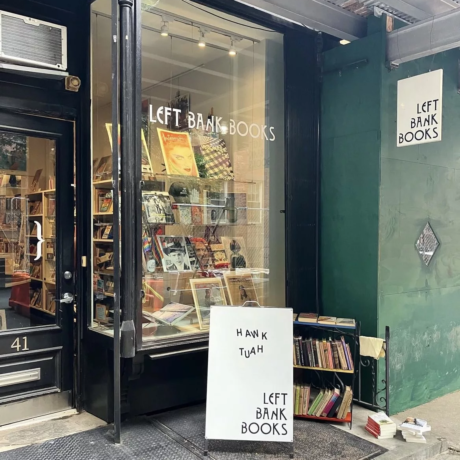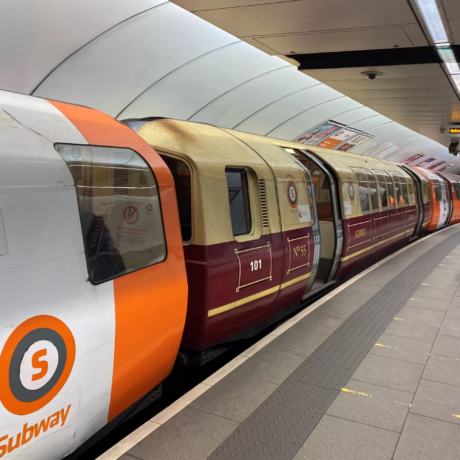
When you talk about Mexico City today, there comes a flurry of excitement and admiration about the art, the beauty, the weather, and its magical feeling. While CDMX has always been a destination for artists, over the last 20 years, the blend of globalization, the introduction of three art fairs, and the influx of ex-pats have impacted the city in a multitude of ways. Amber Smith sat down with José Kuri, Sally Montes, Yoshua Okón, and Betsabeé Romero to learn more about the city’s past and what they hope for its future.
José Kuri, co-founder of Kurimanzutto, Mexico’s most influential commercial gallery
The city was completely different from how it is today, dramatically different. There were very few galleries, probably two or three; the institutions were less interested in what was happening on the street, they had a particular way of building their program and were very alienated from artists living in the city. There were just a couple of collectors, you could count them with one hand; but, they were ( and still are!) really interesting people with profound knowledge of the context and great vision of the future. Mexico City has had the most essential ingredient for a great place, which is: artists. These prolific artists were creating amazing art scenes all over the city. So, I think that was the core energy for Mexico to have evolved into what it is right now.
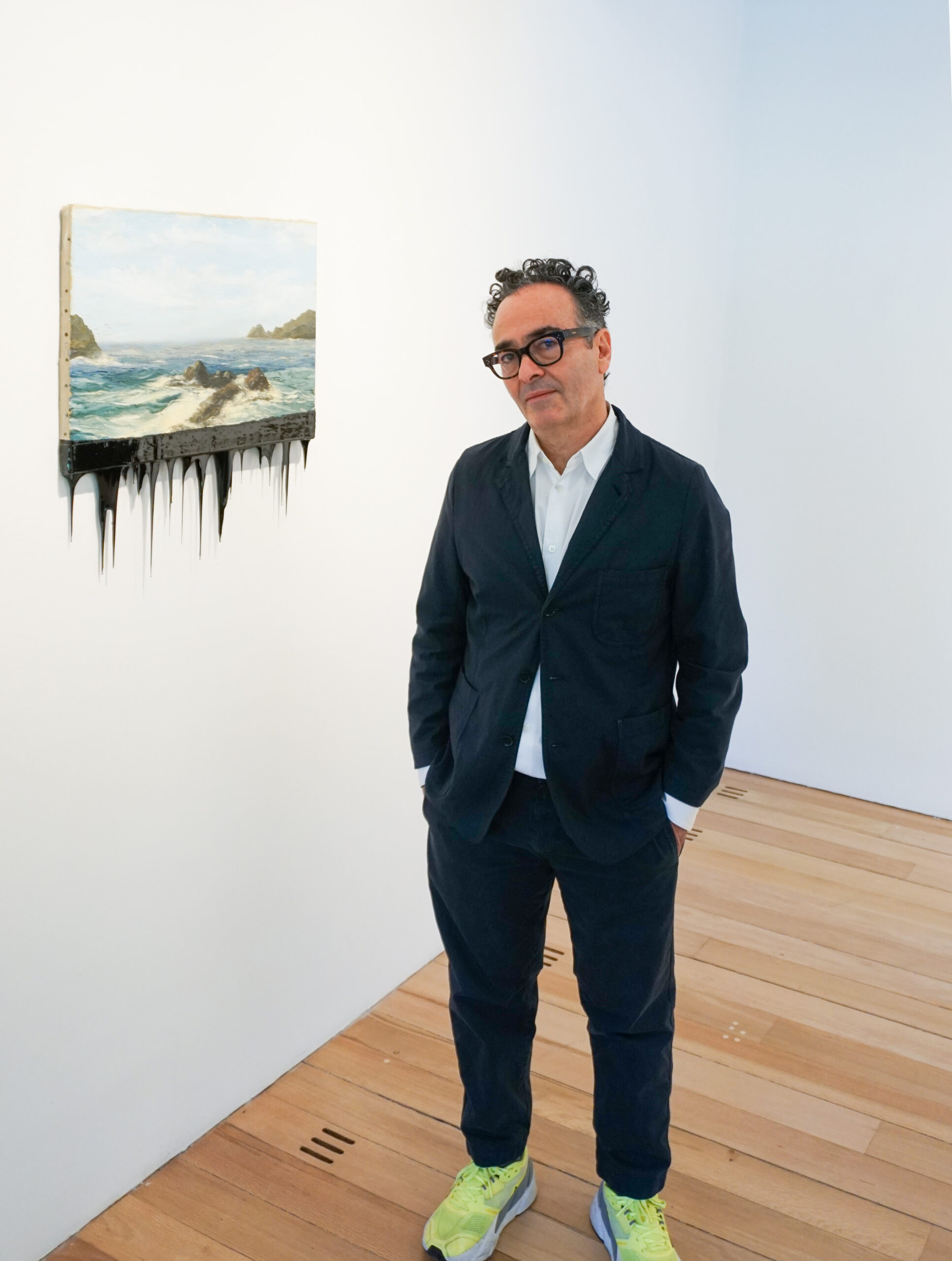
There were a lot of artists making interesting works, and because the market was not fully developed, what they created turned out to be very experimental. They were showing it in their own homes and studios, taking over random places, and that’s why we wanted to open a gallery here with this amazing generation of artists working in exciting ways. Now, little by little, the ecosystem has become fuller and more sound. There a great number of galleries, a lot of new museums and a clear renewal of the museums that already existed thanks to dynamic directors and curators, it’s a very good moment. Obviously, the Art Fairs have played a key role by gathering and concentrating this energy to create a pattern and a tissue with international exposure. Also, the fairs, more numerous every year, have parallel programs, so they cater to artists in very different moments of their career or their development. What Zélika has achieved is quite impressive. She’s a full force, so I’m very happy to celebrate her and her achievements for the 20 years of ZⓈONAMACO. We have been by her side all these years and will continue to do so.
In the next 20 years, I hope that Mexico City will still have a very interesting artist scene and a strong market so artists can live from their work but not necessarily be market-driven. That the artists are more visible throughout the country. That it is still affordable for them to live and develop their work. That we incorporate other scenes in Mexico, like Guadalajara, Oaxaca, or the North (that is so interesting), and the Yucatan Peninsula so that those centers become more developed because I think there’s a huge potential, and possibility all around the country.
Sally Montes, Founder and director of AKI AORA, a platform for cultural dialogue, reflection on current global events and residency program, and Co- Curator with Rogelio Sosa of the Memorial at the Centro de Cultura Digital in Mexico City.
The landscape of Mexico City has changed a lot in the last 20 years. Before, there was only one school, La Esmeralda, a classical art school. Many old masters used to teach there, and there was not a lot of conceptual or installation art. A lot of the art here was painting and not very open to other possibilities or points of diverse perspectives and dialogue; it was more you would look at it on a wall or see a painting in somebody’s house. Of course, we had muralists, and they’re amazing, but it was always these painting masters in a very male-dominated world. So, in the last 20 years, and before that in the 90s with La PanaderÍa many new things have popped up, like SOMA, a new art school. Created by Yoshua Okón , there are amazing young artists coming out of there who are doing phenomenal, very well-researched work and exploring different materials and mediums, which was not happening before. Also, there’s a lot of space for dialogue because SOMA has encouraged that. Bikini Wax, a collective of artists that started in Daniel Ruvalcaba`s grandmother’s house in Guanajuato, sold works like pirate records on the street. Then, they started providing this space in the city and also in a borrowed house so they could read their texts, discuss them, have a dialogue, and do exhibitions. It was a very cool, underground fun thing that became very well-known and changed our world in Mexico. These kinds of spaces that opened changed the culture because they became places you could go, and not just be about having drinks and looking at something on the wall anymore, but actually asking tough questions about the world and having a real conversation, which was very interesting.
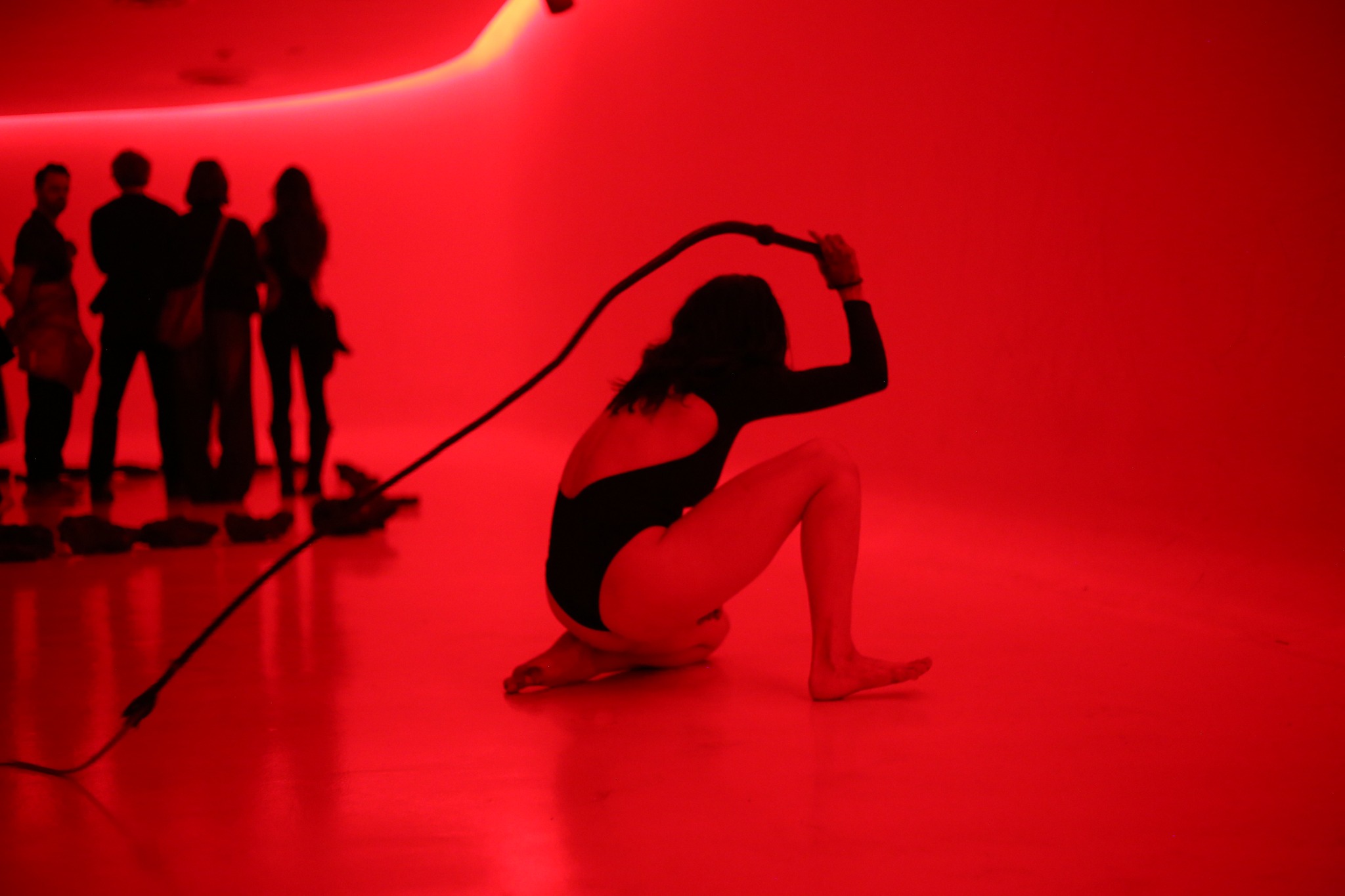
In the next 20 years, I would really like to see more community because I do think that artists have to work so hard in their own spaces, but coming together more would be rewarding. Also, I think when people move here, it’s hard to get into the fabric of the locally built community, but we need to break that because Mexico City is such an international city now. There is a very good synergy that can happen just by opening the conversations and actually being real with each other and then being really honest. Not just presenting the good but actually how we made it and how we didn’t make it. Failures and successes. Also, there needs to be more philanthropy and cultural funding for the arts in Mexico, and if there was more philanthropy and cultural funding, amazing things could be created. It’s tough to do, but others are working here with the sense that they have to make it with what we have, which is also interesting and creates many exciting processes far away from what the art market dictates.

Yoshua Okón, visual artist, founder of SOMA, and co-founder of La Panadería, blends staged situations, documentation, and improvisation and questions habitual perceptions of reality and truth, selfhood, and morality.
Mexico City, and the world in general, were a very different place in the early 90s. This was just before globalization, social media, the digital age, etc., The whole rhythm and speed of life was different. After a vibrant and cosmopolitan modernist period, Mexico City became quite isolated and oppressive during the 70s and 80s. In the 90s, the political landscape started transitioning into a neoliberal model, and the first early stages of globalization began happening. During this time, many in my generation were especially interested in reconnecting to the city’s own cultural tradition and to the world, but also very interested in connecting with each other. There was a lot of great energy, and since there were hardly any places where that energy could be channeled and explored some of us started opening artist-run spaces. And it was around these spaces that a vibrant contemporary art scene emerged. A scene that has kept on growing to become the big and complex cosmopolitan scene that we have today.
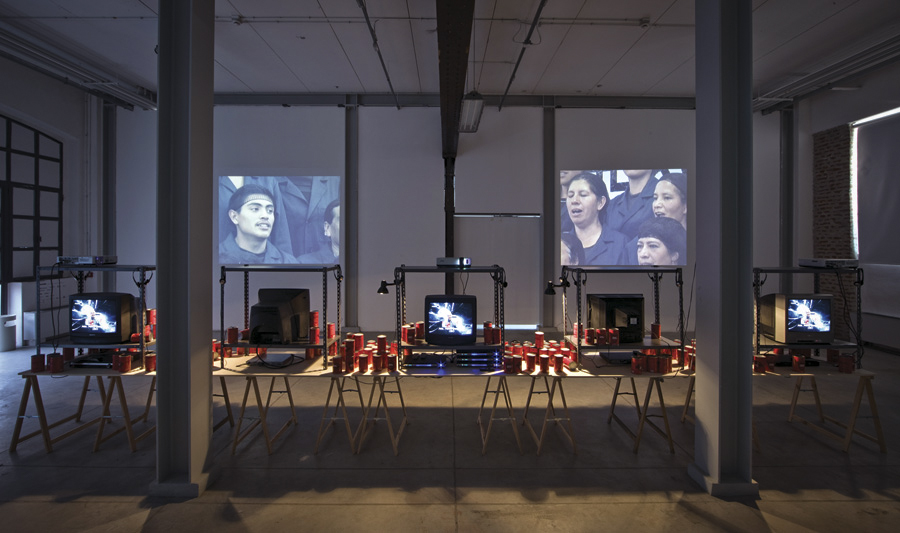
Now, regarding how I see things today and my expectations for the future: considering that for many of us in the scene I just described the relationship of art to everyday life and the engagement in the social and broader cultural context are critical, I’m concerned. When globalization and the explosion of the art market came in the 2000s, they were great additions that definitely helped expand the local scene. A great period began globally where we artists could keep doing our work on our own terms but in addition travel, work with budgets in great institutions devoted to contemporary art and make a living from it. For a long time, a good decade and a half, there was a very nice balance between cultural and market interests. But the art industry has kept growing and it has slowly been gaining ground to the point where it has become increasingly difficult to maintain this balance.
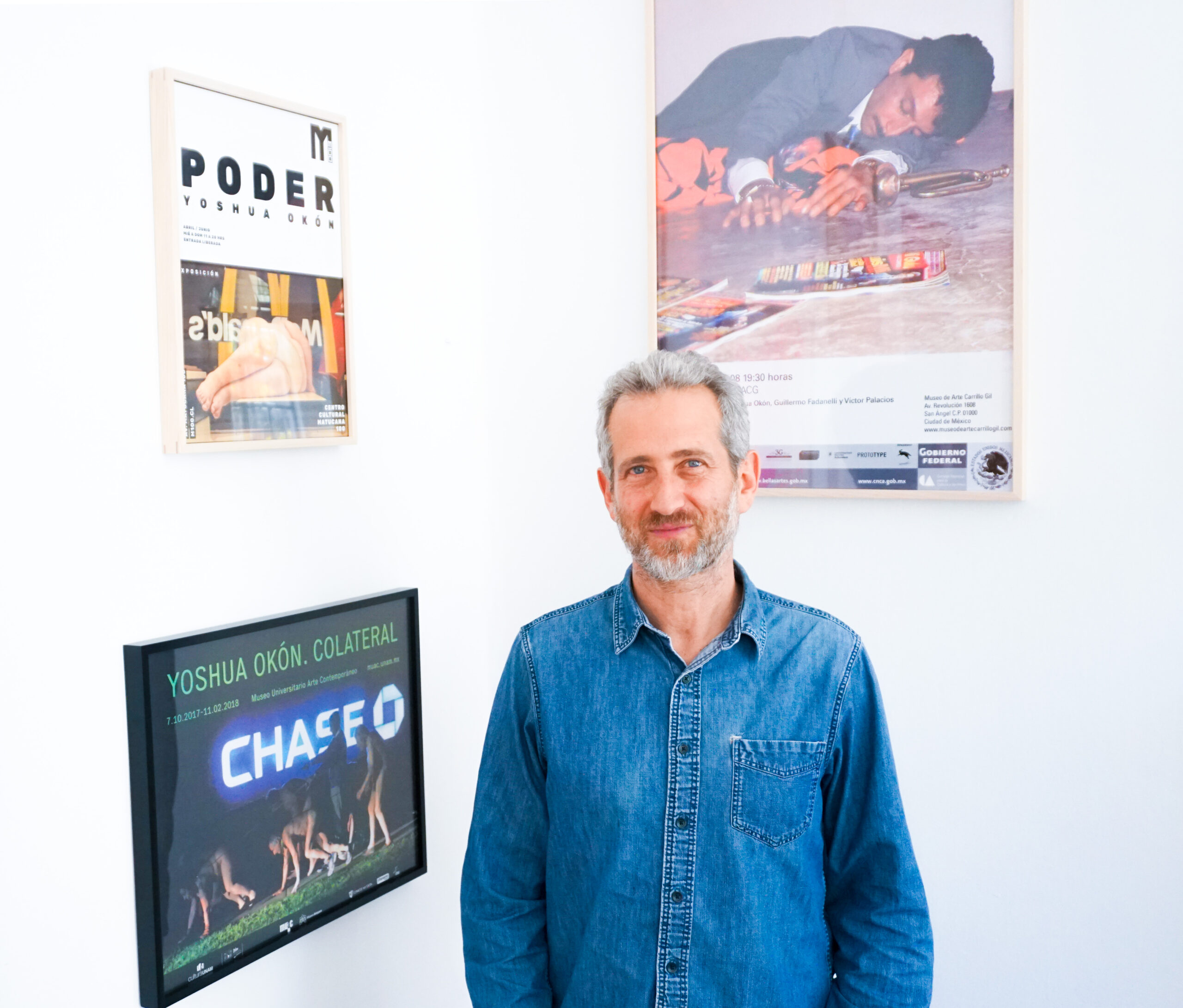
Nowadays most collectors are more concerned with financial speculation, spectacle, decoration and art as status symbols, than with art’s cultural and spiritual relevance. And many institutions and galleries are increasingly operating with this same logic, as they are more and more dependent on collectors who at times even decide what public institutions collect. In other words, the logic of capitalism has by now colonized the art world to such an extent that the possibilities and agency of artists are being reduced and the art world has become more conservative. I hope the tides will turn and that we will regain the balance. The effervescence of Mexico City is certainly exciting in many ways, but this is definitely a double edge sword.
Betsabeé Romero, a visual artist, creates provocative objects and installations that draw on elements of popular culture, the environment, migration, and the rich traditions of Mexican art.
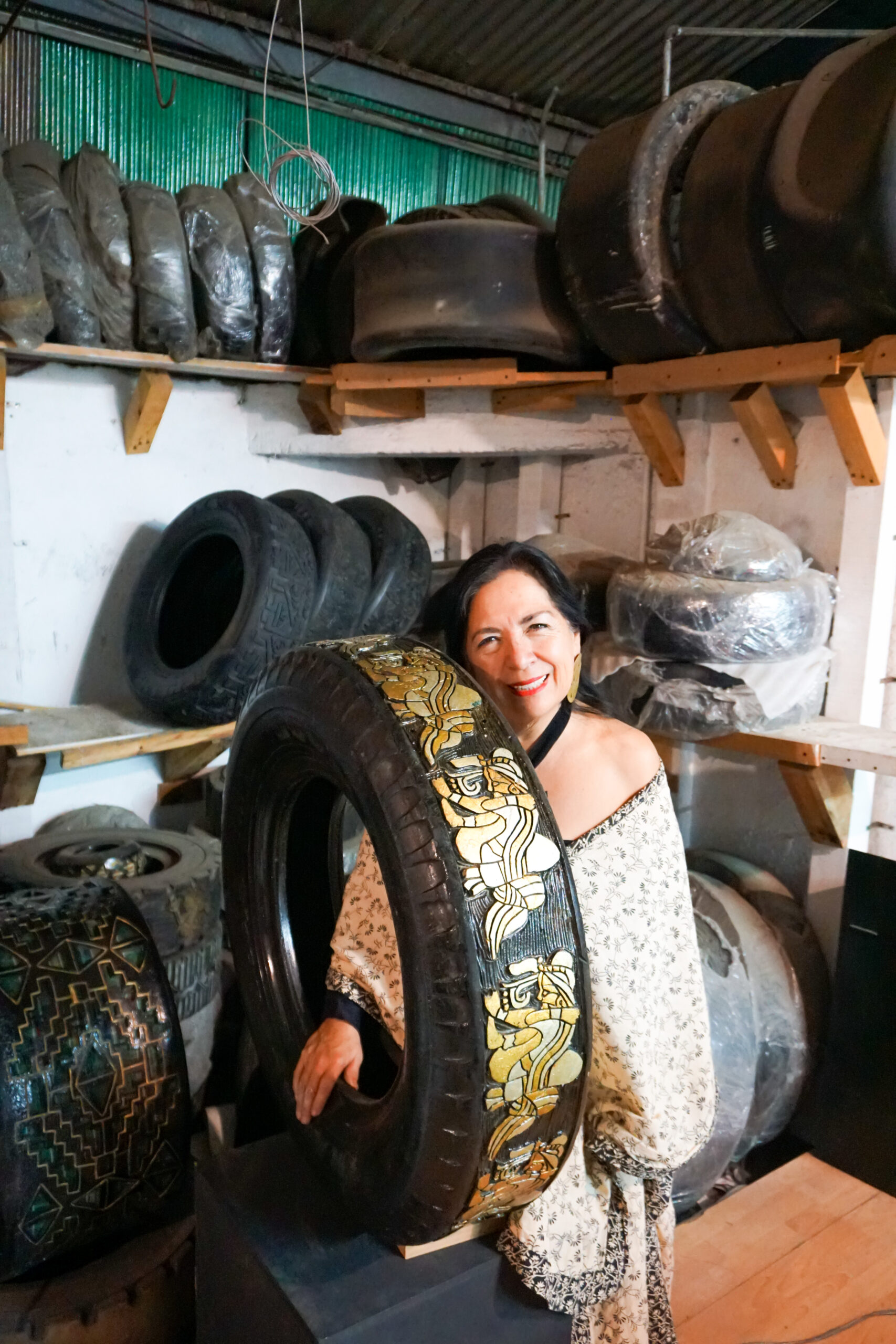
I love this city and the history of the city. I think back to 25 years ago when I was abroad, and people asked me where I was from, and after saying Mexico City, I would hear, “Oh, poor girl. I’m so sorry,” and they would reference the pollution and violence, and I was, and I was always defending my city. However, in terms of history and cultural infrastructure, people praise it today. It has always been here and has always been very rich and nice in many senses. After attending art school in France, I returned to Mexico City because I always knew I wanted to produce here. It was cheaper, had more sunlight and wonderful weather, and would be more fun to produce here with fewer restrictions. Also, because I wanted to do these interventions with people and spaces, that would be more easily done here. Artists have always flocked here; there was an interesting moment in the 90s when people were phoning their friends to come here. They were coming then and have stayed until now, and again, we have another cycle of this because people can get a place to live and work and experience culture in a way more open and pleasant than I feel in other countries. In the next 20 years, I would like to see more synergies with communities doing things for indigenous people here and all over the world; this is my hope because if art can help to build a solid commitment to these communities and helps us learn from them and get back to this way of thinking and way of doing, we can get closer to earth’s forces, our connection to nature and persevere for new generations.
Written by Amber Smith



